“On a bigger scale, I hope technology will eventually allow all people to listen and communicate with much less effort. We focus on people with hearing loss, but also for instance people suffering from a concussion or from concentration difficulties could benefit from such technology.”
I work with personalized audiology, specifically capturing individual behavior in the real world and analyzing how that translates to lab findings so that we can provide people with individualized prescriptions easing communication in their everyday lives.
I work with personalized audiology, specifically capturing individual behavior in the real world and analyzing how that translates to lab findings so that we can provide people with individualized prescriptions easing communication in their everyday lives.
I was brought up in a home where spoken language and conversation was a common interest. As a young student I used to take pictures at heavy metal and electronica concerts, and I often experienced that the sound quality could be improved and thought it would be great to one day be able to do something about it. I also worked as an editor for an online student community, and one of my colleagues made me aware that I could study electrical engineering and eventually get to work with sound and acoustics. And that is really the reason why I became an electrical engineer. Later in my studies I learned I could study spoken language and conversation with my electrical engineer background, and stars aligned.
I was brought up in a home where spoken language and conversation was a common interest. As a young student I used to take pictures at heavy metal and electronica concerts, and I often experienced that the sound quality could be improved and thought it would be great to one day be able to do something about it. I also worked as an editor for an online student community, and one of my colleagues made me aware that I could study electrical engineering and eventually get to work with sound and acoustics. And that is really the reason why I became an electrical engineer. Later in my studies I learned I could study spoken language and conversation with my electrical engineer background, and stars aligned.
In 2012 I followed some courses at the Technical University of Denmark and that was the first time I heard about Eriksholm. It was described as a unique place where high level scientists spent all their time pursuing exciting hypotheses within audiology and acoustics, and I decided that someday I wanted to work there. Later, during my bachelor, master, and PhD, I collaborated both with Niels Pontoppidan and Lars Bramsløw from Eriksholm, and in 2022 I was offered a position as a scientist here.
In 2012 I followed some courses at the Technical University of Denmark and that was the first time I heard about Eriksholm. It was described as a unique place where high level scientists spent all their time pursuing exciting hypotheses within audiology and acoustics, and I decided that someday I wanted to work there. Later, during my bachelor, master, and PhD, I collaborated both with Niels Pontoppidan and Lars Bramsløw from Eriksholm, and in 2022 I was offered a position as a scientist here.
I am really driven by finding and analyzing patterns in human behavior. It motivates me to feel that I can drive processes to unfold new areas within science and contribute to new findings. But that vision cannot stand alone, it requires that I am surrounded by great minds who make going to work fun, and Eriksholm is the perfect place to achieve all of that.
I am really driven by finding and analyzing patterns in human behavior. It motivates me to feel that I can drive processes to unfold new areas within science and contribute to new findings. But that vision cannot stand alone, it requires that I am surrounded by great minds who make going to work fun, and Eriksholm is the perfect place to achieve all of that.
During my PhD I developed a method for measuring the dynamics of a conversation between two or more people. We still need to find reliable ways to measure these dynamics and changes in the acoustic scene in real life. I really hope that one day we will be able to measure and decode conversational dynamics in the field, and that hearing aid technology will one day be able to fully and intuitively compensate for changes in the acoustical environment which makes it more difficult or fatiguing to follow conversation.
During my PhD I developed a method for measuring the dynamics of a conversation between two or more people. We still need to find reliable ways to measure these dynamics and changes in the acoustic scene in real life. I really hope that one day we will be able to measure and decode conversational dynamics in the field, and that hearing aid technology will one day be able to fully and intuitively compensate for changes in the acoustical environment which makes it more difficult or fatiguing to follow conversation.
I have many interests. I love spending time in the nature, to build LEGO Creator buildings together with my husband, and I am also a food enthusiast. I also enjoy drawing, for instance I create personal greeting cards.
I have many interests. I love spending time in the nature, to build LEGO Creator buildings together with my husband, and I am also a food enthusiast. I also enjoy drawing, for instance I create personal greeting cards.
I was really excited about the COCOHA (Cognitive Control of a Hearing Aid) project. One of the outcomes was a demo showing that it is possible to steer the hearing aid based on the user’s intent. I really hope we will someday be able to decode users’ listening intention in any given situation and give them exactly the compensation they need in that situation.
I was really excited about the COCOHA (Cognitive Control of a Hearing Aid) project. One of the outcomes was a demo showing that it is possible to steer the hearing aid based on the user’s intent. I really hope we will someday be able to decode users’ listening intention in any given situation and give them exactly the compensation they need in that situation.
On a bigger scale, I hope technology will eventually allow all people to listen and communicate with much less effort. We focus on people with hearing loss, but also for instance people suffering from a concussion or from concentration difficulties could benefit from such technology.
On a bigger scale, I hope technology will eventually allow all people to listen and communicate with much less effort. We focus on people with hearing loss, but also for instance people suffering from a concussion or from concentration difficulties could benefit from such technology.
To see related publications, please follow this link and type in the scientist’s name in the free text search field. The result shows publications by this scientist during collaboration with Eriksholm Research Centre and/or with relevance to current work.
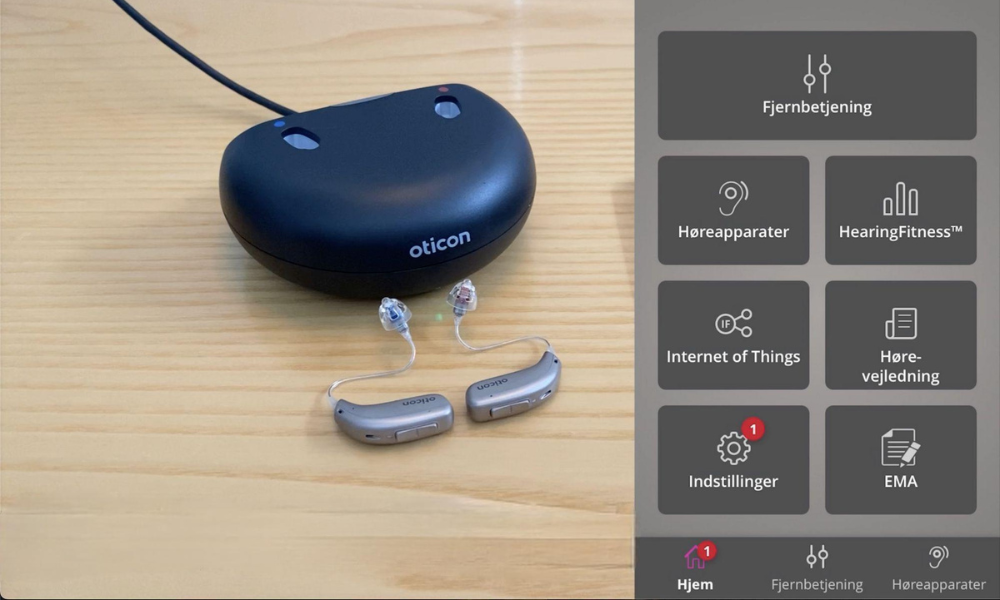
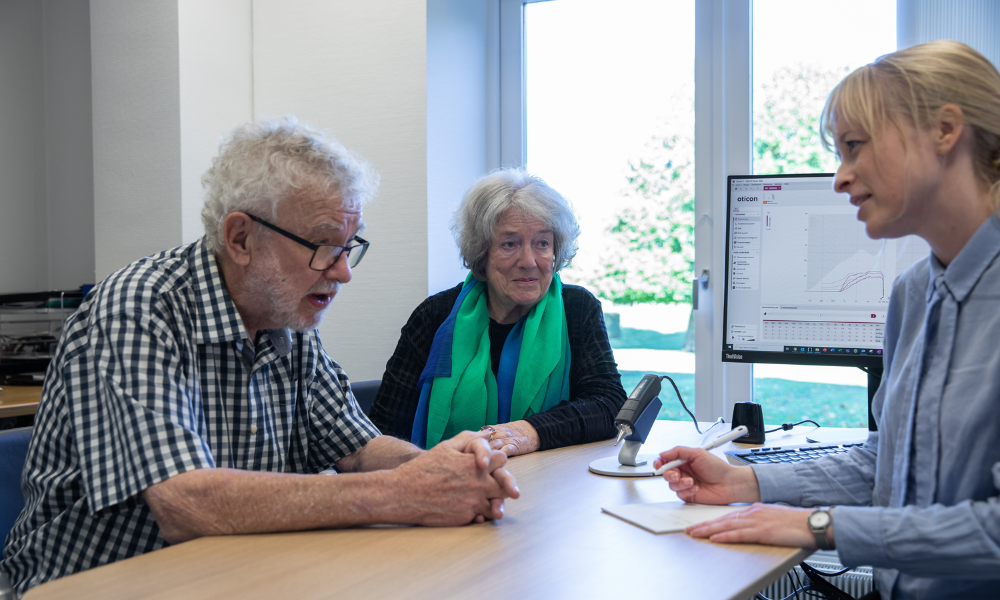
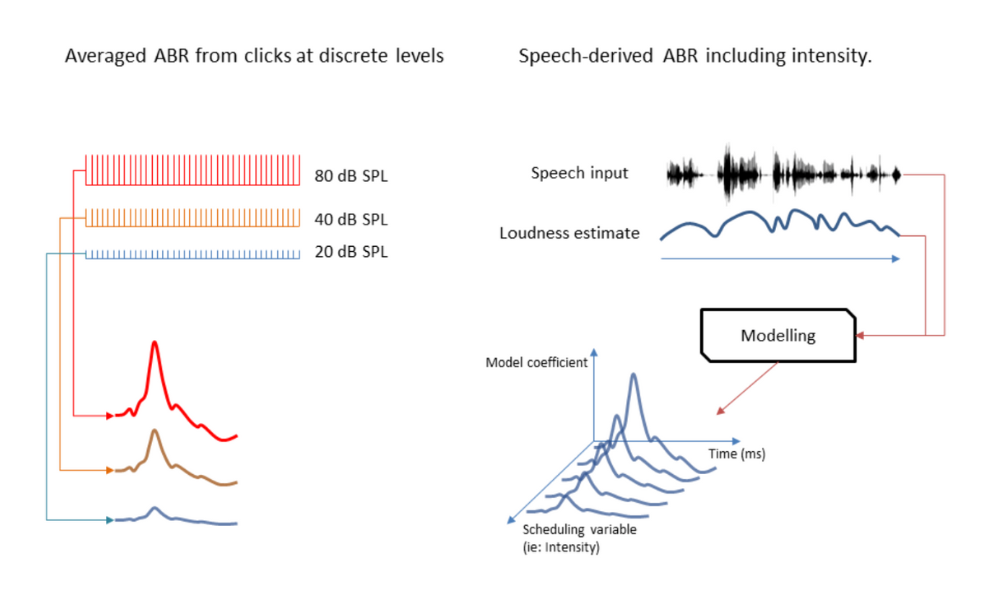
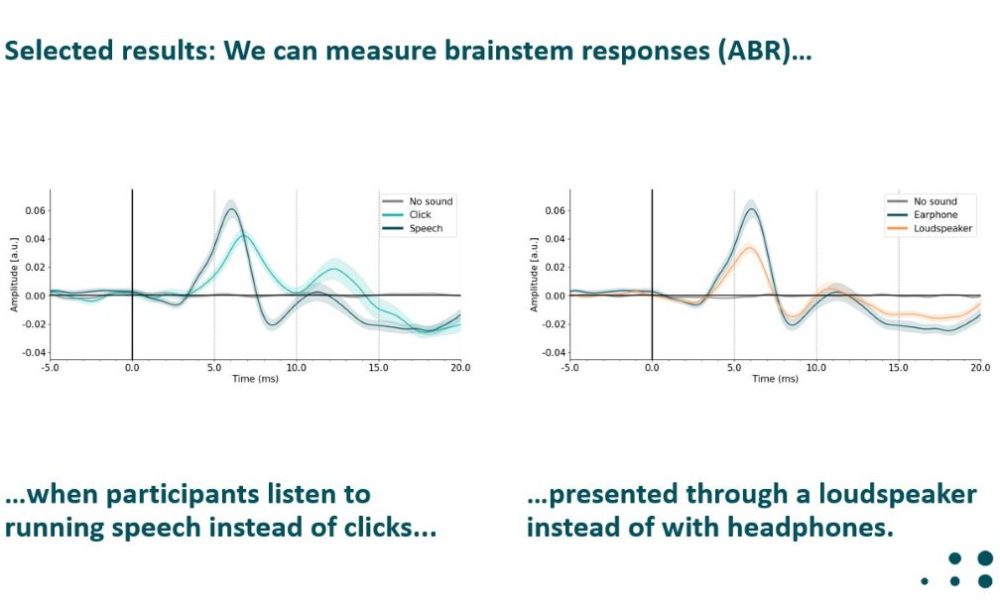
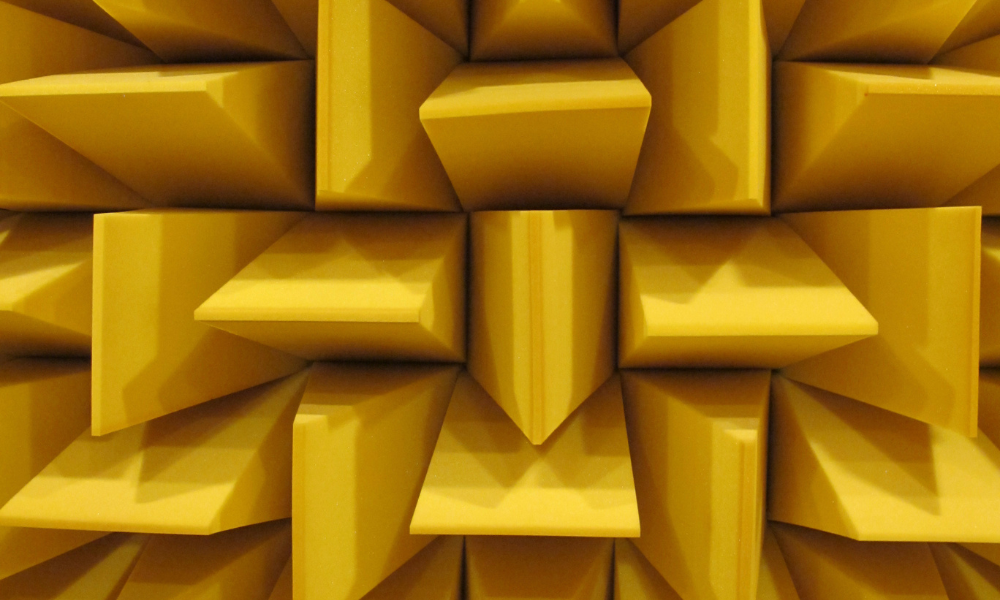


© 2024 Eriksholm – Designed by Aveo web&marketing